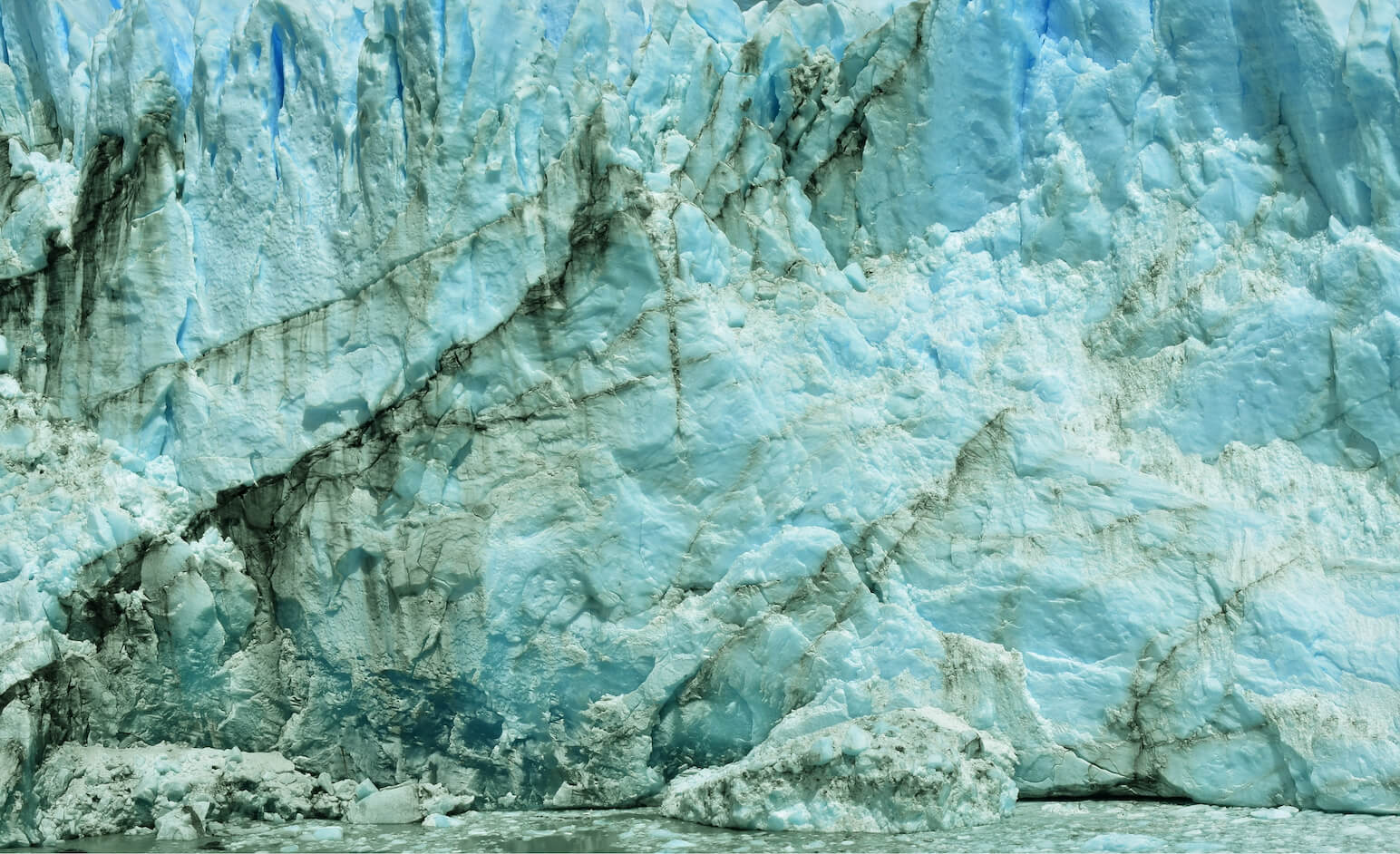FEATURED STORY
Return to Paradise
BY GUADALUPE PLAZA PETERSEN
Born in Salta, Argentina, Guadalupe Plaza Petersen is a conceptual visual artist who has worked across Argentina, Italy, Indonesia and Spain. Concerned with the macro-trends impacting society, an d our place and role as individuals in the natural world, her most recent series Return to Paradise offers a provocative, open-ended reflection on the impending ecological crisis we face, combining traditional photography with post-processing and digital experimentation.
Keen to understand more about her work, motivation and passions, we put some questions to her…
“Return to Paradise makes reference to our current time of the Anthropocene. This series works as a meeting point, to rethink and overcome this separation of humanity with the environment, to make us reflect on the climatic urgency, generate environmental awareness and responsibility for the planet that contains us.
It poses the question: where do we stand in this symbiotic world, close to this common future?”
Images and story courtesy of Guadalupe Plaza Petersen. See more at www.guadalupeplazapetersen.com
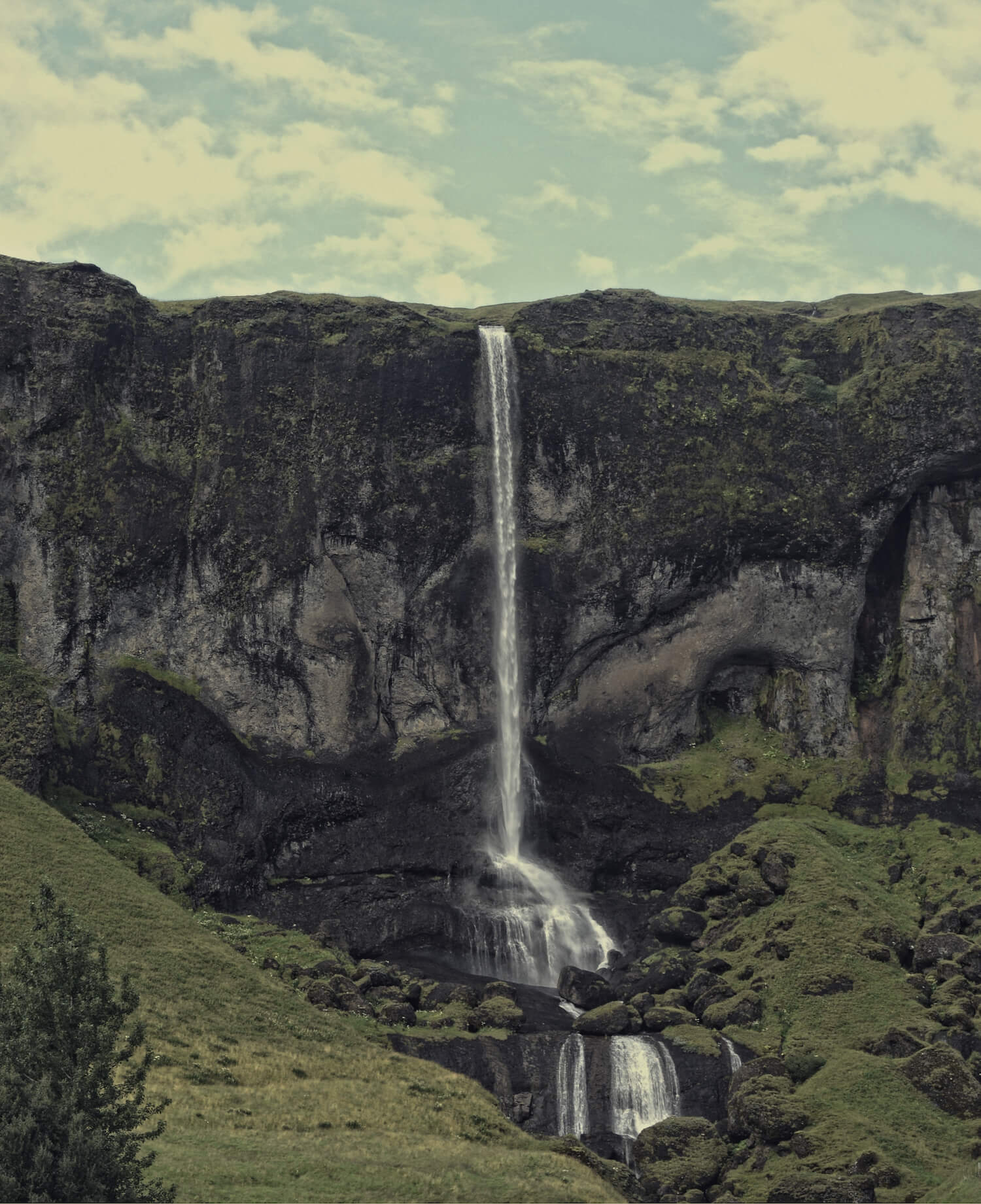
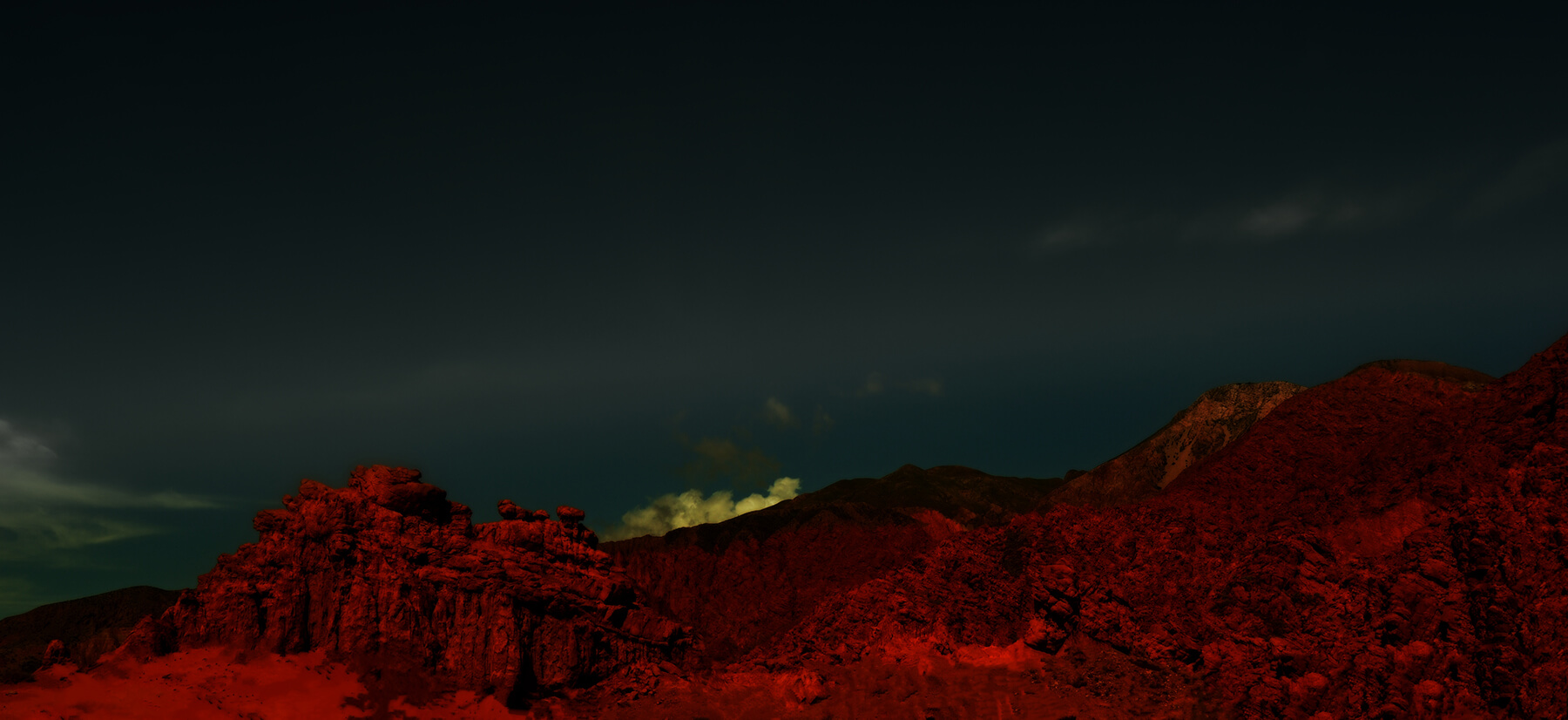
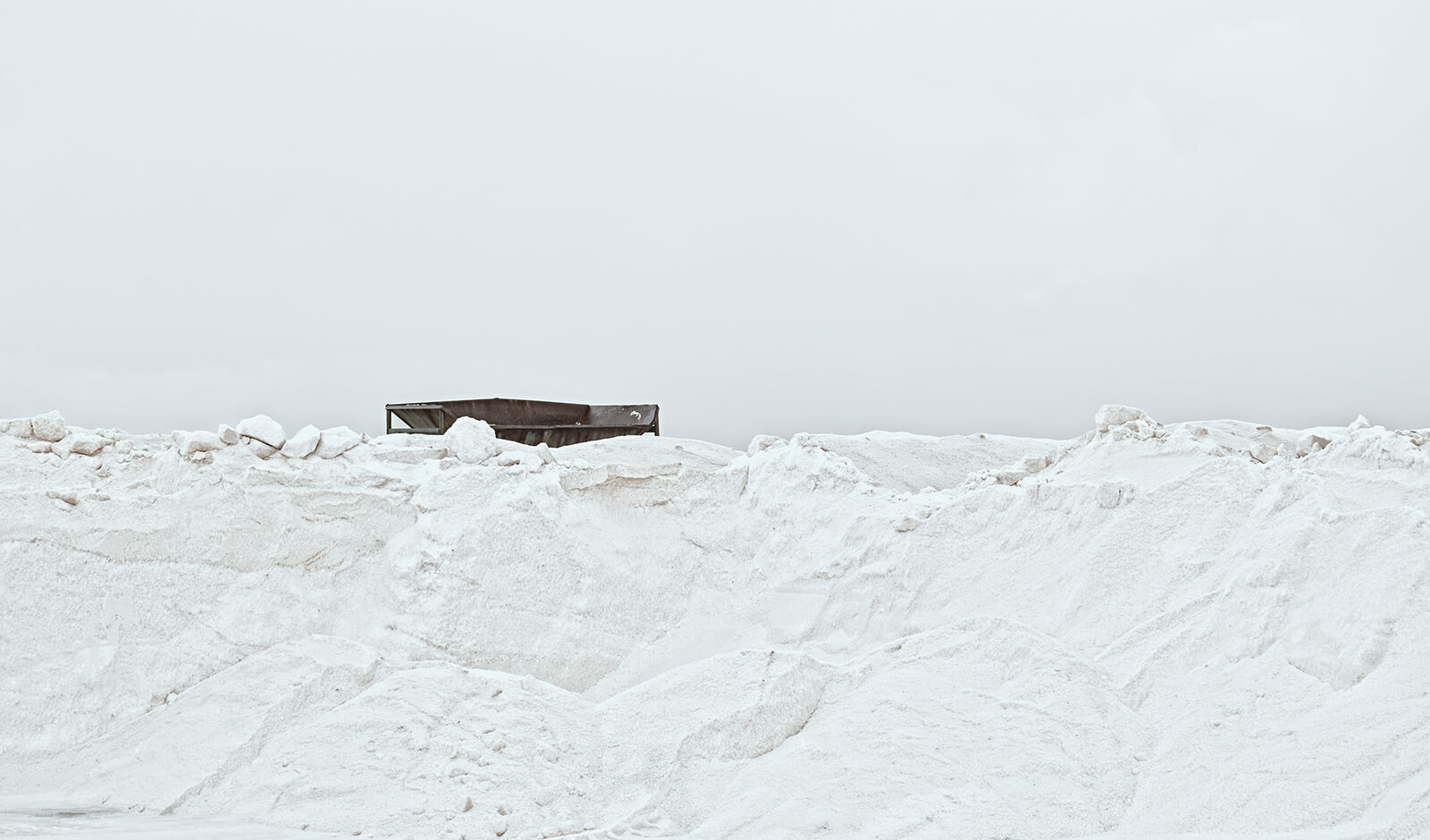
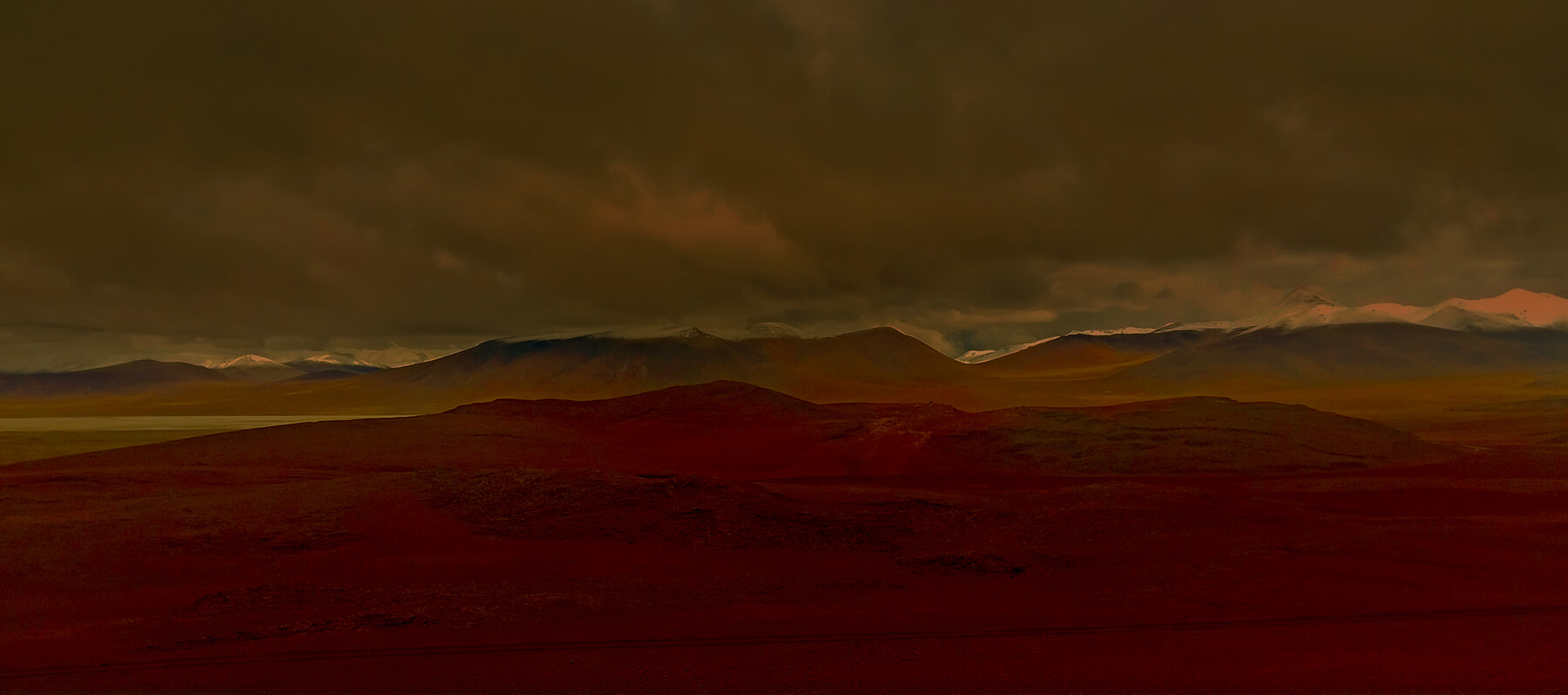
To begin, can you tell us a little bit about the context for your series Return to Paradise – where the first ideas for it came from and how you began to develop them?
I like to work first based on a concept or idea, and it is in this course or process that it becomes transcendental and pivotal for the production of my work.
Reflecting on the connection between certain milestones such as adulthood, life, death and the way to order them, to generate a change sometimes comes out unexpectedly, unintentionally. The fact of experimenting and of ceasing to be the center of my work as in my other series, getting out of focus, de(s)focusing, on something other than myself, was a challenge, working with the landscape without falling in the common place, just being behind the camera and shooting without getting involved as part of the work.
The work became about those immaculate, untamed natural territories of the world, the virginity of the landscape, the destruction of nature, the threatening demography, merging between the fantastic or almost unreal.
The series references the Anthropocene, and the “separation of humanity with the environment”, instability, and the state of things “on the verge of bursting”. We might assume you were coming from a place of gloom and anxiety – thinking about how we as humanity are putting untold and perhaps irreversible pressures on the natural world – and yet the title of the series suggests something more hopeful. What was your state of mind when creating the series?
I think it has more to do with exploration, and also with self-knowledge, running from my comfort zone to create something from a certain abyss and emptiness. I wanted to reference the great human questions, talk about shortcomings and faults. To give up and accept our incomplete realities.
It is a personal exploration with a certain fragility and intentional ambiguity, which speaks of the feeling of helplessness, separation, limits, edges, time and how our current state of affairs is on the verge of bursting. Science persists in that balance, order and stability, however we see in nature fluctuations and imbalance. I wanted to answer the question “what’s on the other side?” Loss, pain, chaos and the need to escape. I wanted to connect with this real world that sustains, invites, enchants, demands, and that at the same time is so uncertain, insecure and abstract.
Much of your prior work had involved portraiture and the subject of yourself, and so this topic and photography of landscapes was a new challenge. You talk of not wanting to fall into the commonplace with landscape photography. How did you approach this challenge, working to ensure that the resulting images felt exciting and differentiated from traditional landscape photography?
In my particular case and in my photographs in general, especially in this Return to Paradise series, the images function as a meeting point, to make us reflect on the climate urgency, generate environmental awareness and responsibility with the planet that contains us and that we inhabit. I pose the question: where are we standing in this symbiotic world, close to this common future? I feel like the more we explore the universe, the more mobilized we find ourselves by the narrative element that we discover. Nature also presents us with narratives embedded within each other; history of the cosmos, history of life until reaching our individual history.
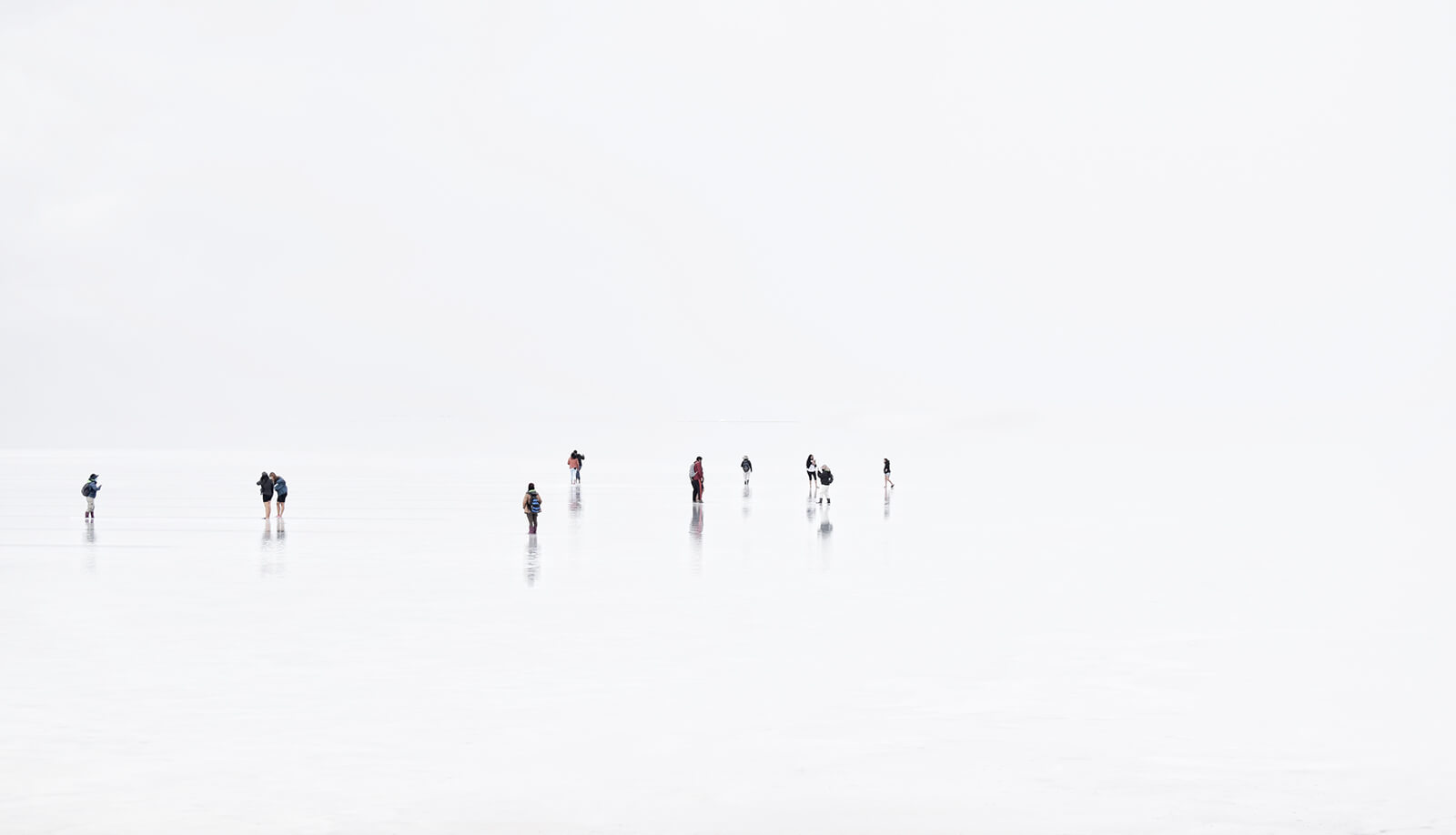
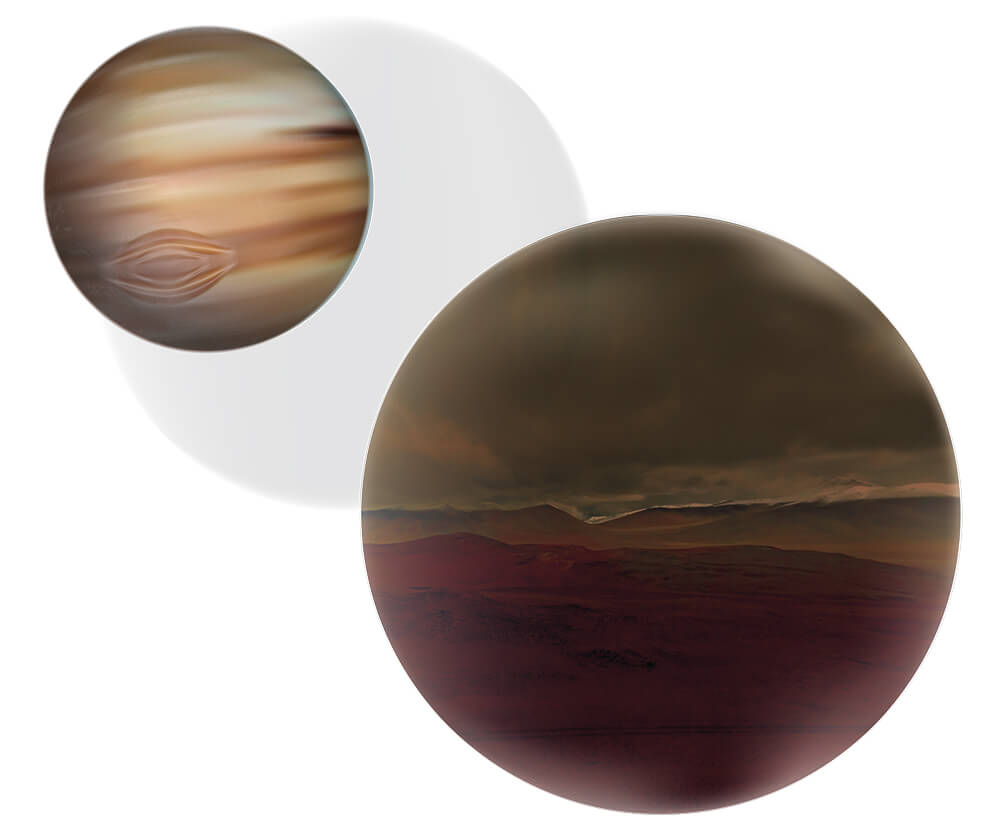
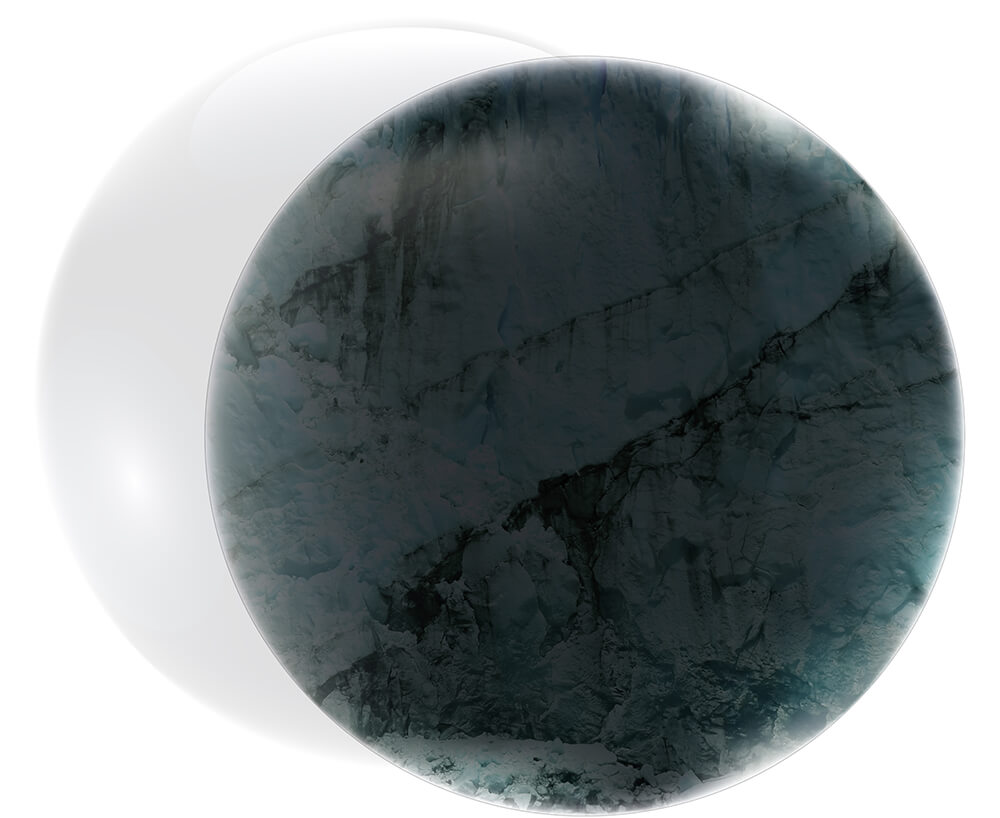
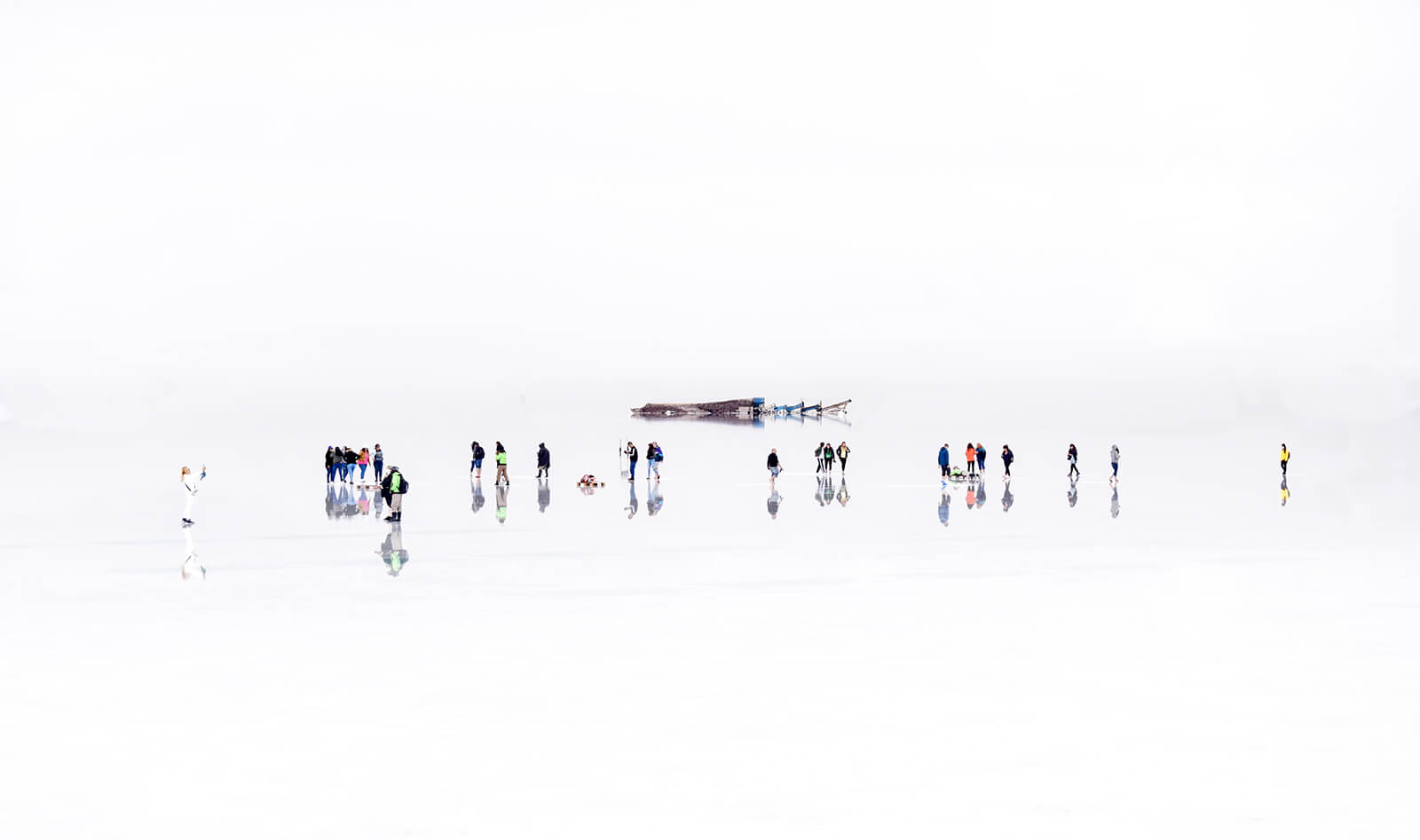
What about from a technical perspective? Can you tell us about a few of the techniques you used?
In the course of my work, from using the camera to post-production on the computer, I make exclusive use of technology. I think that today it is something necessary, the intersection of science with the arts. My images include a lot of post-production and editing. My creative process, I think, has to do with that search for ingenuity in some way.
Many of the images are of empty landscapes, but those with humans in them have an ethereal quality, people absorbed in a brilliant whiteness. Tell us about what you wanted to achieve with these… we presume they were taken on the salt flats of South America, and yet they’re quite unlike the images of that landscape one would usually see.
They were taken in South America. In some parts of my homeland, you can feel the purity of the landscape. That sensation of absolute, immeasurable loneliness, that I have not perceived so much in other places traveling. And from that feeling you can tell a story.
In principle I think it is to recognize the logic of our current mode of production, and from there try to rethink from a more sustainable perspective between humanity and the Earth. I believe that we can change course, but climate change is one of the greatest challenges of our time. It is a great moment to successfully face the transformations of the planet, which affect us all. And from that ability as a species to be able to make so many changes in the environment we inhabit, we are also the only ones able to reverse this process.
We’re particularly drawn to the planetary images which feel very unusual and experimental. Can you talk about these and how they sit alongside the rest of the series?
The planets, moons and suns are experimental to the point that I feel that the image is necessary to think about the real, the usual and the imaginary elements that sustain our world, our desires and our pain.
What do you hope to impart on the viewer when experiencing your work?
Although this topic in one way or another, or inadvertently, becomes political, it is like converting and taking charge of what we generate, although my Interest is more that of arousing, provoking in another some question, some feeling, that arrives in some way. And it is in this way and in this background or limit, in this hermetic space, where my images aim and where the forms begin to dissolve.
And finally, do you consider this work complete? Or is it perhaps a topic you’ll return to?
Not at all, I think there may be more story to tell, I’m not sure it’s a closed series, not for now.
